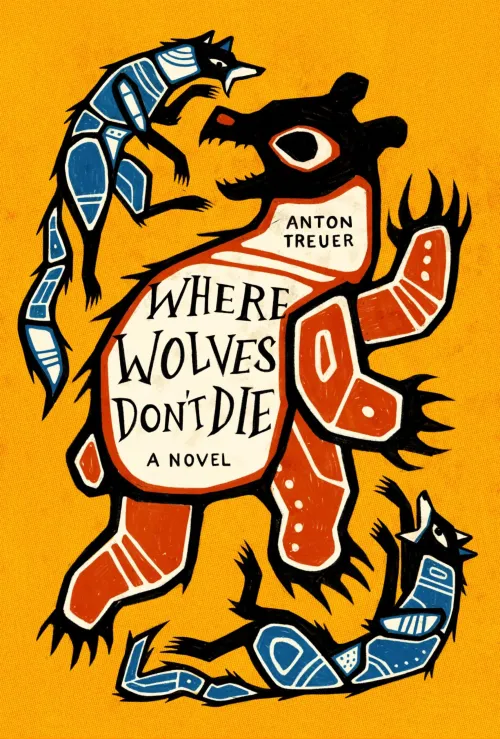Share this book
Stories have the power to transform. The perspectives, traditions, beliefs, natural histories, and experiences Grandpa Liam shares with Ezra help him to see himself in a new light as he comes to better understand his family, reframe his pain, and begin to imagine what his future looks like.
Ask students to choose something that Grandpa Liam shares with Ezra and consider why he might have chosen to share it at that particular moment in the story. What spoken or unspoken truths does the story carry, and how do Grandpa’s words affect Ezra emotionally or mentally? Then have students reflect on stories that have been shared with them that have changed the way they see themselves, another person, or the world before having students join a story circle to tell one of those stories and how it shaped their lives.
To facilitate the story circle, have students gather in small groups of 6 to 8, giving each group 3 or 4 minutes to share their story. Remind students to provide context for their story and that stories have a beginning, a middle, and an end. Students should also understand that listening is as important as speaking and that each student should receive full attention while telling his or her story.
After everyone has an opportunity to share, give students a few minutes to reflect together on what was revealed by all of the stories, looking for any common themes, striking differences, things that stood out to them or really sparked ideas or feelings. Then come back together as a class to talk about what was learned.
Questions for Discussion or Reflective Writing
- Why is Ezra’s father so anxious to quickly get Ezra to Red Gut? How does the novel portray police officers and the criminal justice system?
- What do Ezra’s relationships with Grandpa Liam and Nora reveal about who he wants to be? What moments show Ezra beginning to feel comfortable about being himself? What made that possible? How do different cultures or social groups shape how people talk about feelings?
- In what positive or negative ways does Ezra handle the grief and anger he’s feeling because of his mother’s death? How does taking responsibility on the trapline help him begin to process those emotions? What does he learn about the responsibility he has—not only for himself, but for others and for the stories he carries?
- Ezra and Grandpa Liam don’t talk much about their grief. What are some moments when you see Ezra and Grandpa Liam find comfort or connection? How can just being with someone or taking part in activities together act as ways of healing?
- Why does Grandpa Liam take responsibility for what happened to the Schroeders? Do you agree with what he did? Why or why not? What would you have done in this situation?
- What role do relationships play in making us feel seen, valued, and secure in our sense of belonging? How do family and clan relationships affect the choices characters make in the novel? In your own life, how do the people you are closest to—family, friends, mentors—shape the choices you make?
- How does Ezra’s acceptance of himself and others change throughout the novel? What does he learn about who he is and where he belongs? How does he feel about his place in the world by the end of the book?
Related Resources
Where Wolves Don’t Die Educator Guide from Anton Treuer
Ojibwe Word of the Day with Anton and Madeline Truer
Story Circle Toolkit from the National Public Housing Museum
All Kinds of Ways to Play with Stories to Celebrate NEA’s Read Across America
More Titles to Try
Stay on top of current education news



